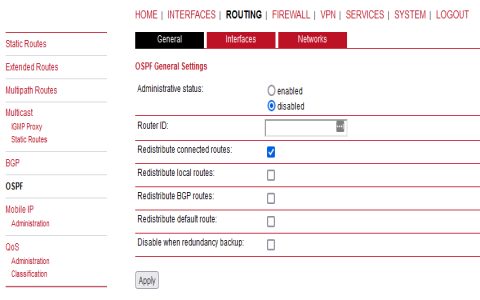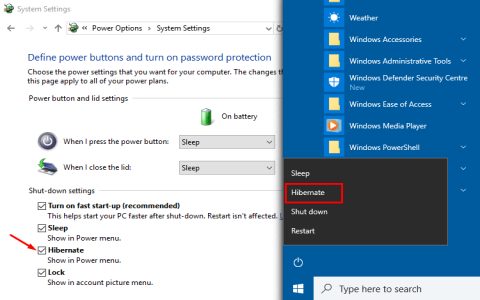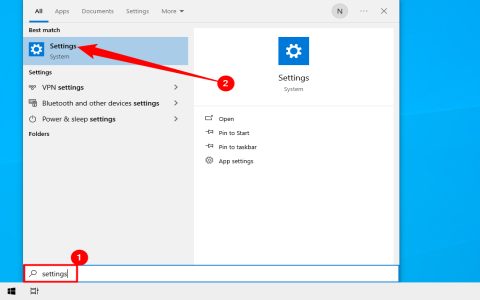Blu-ray disc players represent a significant advancement over traditional DVD players, offering superior picture and sound quality for physical media playback.
Key Technical Specifications
- Resolution: Supports playback of 1080p Full HD Blu-ray discs. High-end models handle 4K Ultra HD Blu-ray discs with resolutions up to 3840 x 2160 pixels.
- HDR Compatibility: Essential for enhanced dynamic range and color. Common standards include HDR10, HDR10+, and Dolby Vision (requires player and TV support).
- Audio Formats: Delivers high-fidelity audio via HDMI, supporting Dolby TrueHD, DTS-HD Master Audio, Dolby Atmos, and DTS:X object-based soundtracks.
Playback Capabilities
- Physical Media: Primarily plays Blu-ray Discs (BD). Most players are backward-compatible with DVDs and CDs. Models labeled "Ultra HD Blu-ray" play 4K UHD Blu-ray discs.
- File Playback: Typically supports common video (AVI, MKV, MP4, MOV), audio (MP3, FLAC, AAC), and image (JPEG) files via USB drives or home network.
Smart Features & Connectivity
- Streaming Apps: Integrated Wi-Fi/Ethernet enables access to popular services like Netflix, Amazon Prime Video, Disney+, YouTube, etc., often in 4K/HDR.
- HDMI Output: Mandatory connection for 4K and lossless audio. HDMI 2.0a/b is standard for 4K/HDR; high-end models feature HDMI 2.1 for higher frame rates.
- Other Ports: Typically include USB ports, digital audio out (optical/coaxial), and sometimes analog audio/video outputs.
Important Considerations
Upscaling: Players use sophisticated processors (e.g., Qualcomm, MediaTek) to upscale DVD and 1080p Blu-ray content to near-4K quality. Performance varies significantly between models.
Dedicated Performance: Standalone players often offer superior picture and audio quality, especially for 4K discs, compared to game consoles or lower-end media players.

4K UHD Requirement: To experience true 4K resolution and HDR, both the Blu-ray disc and the player must be Ultra HD Blu-ray compatible, connected to a compatible 4K HDR television.











